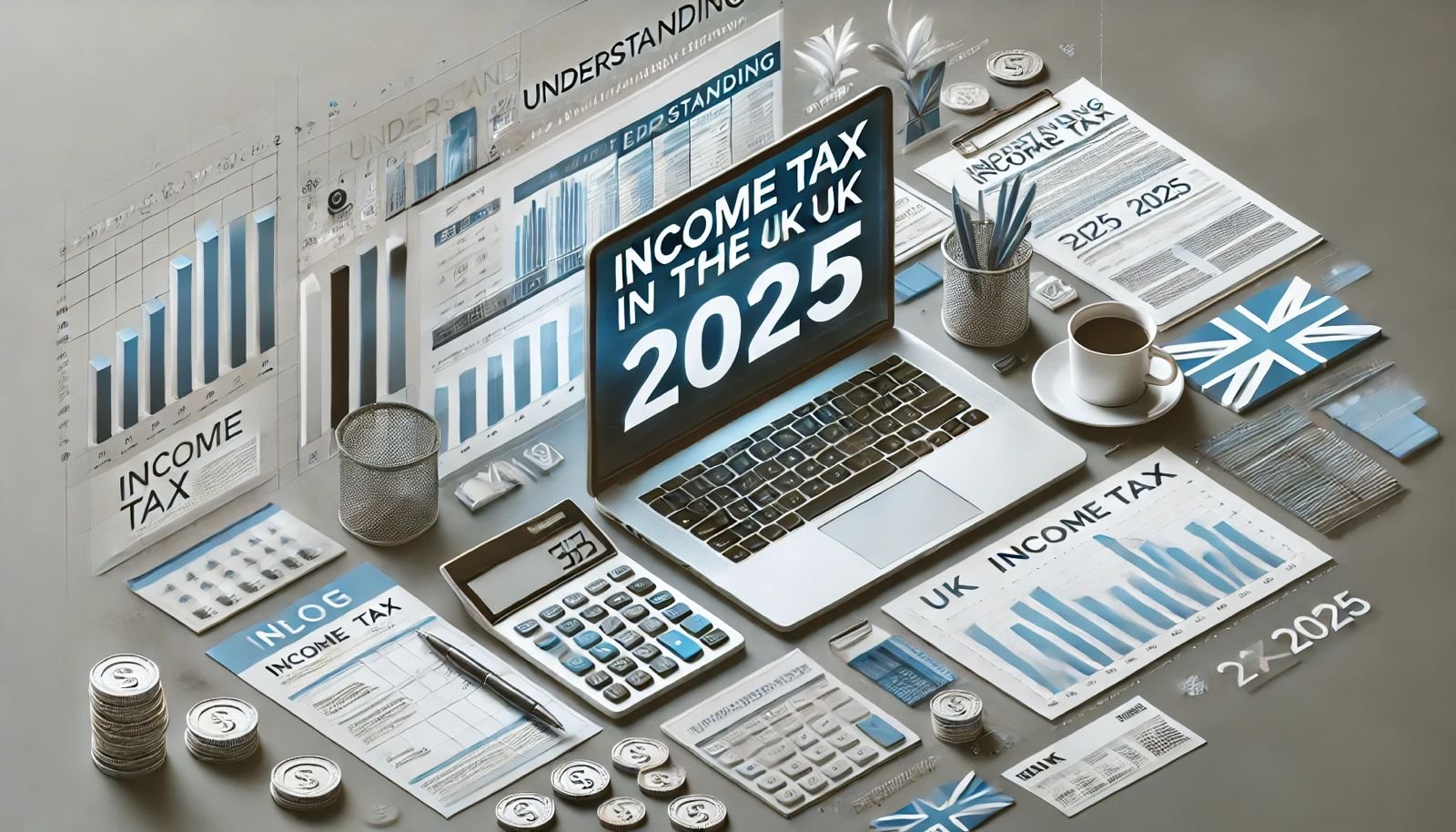Understanding the 40% Tax Bracket in 2025
The 40% tax bracket 2025 is part of the UK’s higher rate of income tax, applying to individuals who earn above a certain threshold. Knowing when you’ll enter this bracket and how it affects your income can help with better financial planning and tax efficiency.
Income Threshold for the 40% Bracket in 2025
For most of the UK (England, Wales, and Northern Ireland), the 40% tax bracket 2025 is expected to apply once your annual taxable income exceeds £50,270, based on current thresholds.
20% Basic Rate – Applied to income between £12,571 and £50,270.
40% Higher Rate – Applied to income between £50,271 and £125,140.
45% Additional Rate – Applied to income above £125,140.
Note: Scotland has a different tax band system with slightly different rates and thresholds.
How the 40% Tax Works
Being in the 40% tax bracket 2025 doesn’t mean all of your income is taxed at 40%. Instead, only the portion of your income above the higher-rate threshold is taxed at this rate.
Example:
If your taxable income is £60,000 in 2025:
£12,570 – Tax-free personal allowance
£37,700 – Taxed at 20%
£9,730 – Taxed at 40%
Ways to Reduce Your 40% Tax Liability
If you fall into the 40% tax bracket 2025, there are legal ways to reduce your taxable income:
Increase Pension Contributions – Gains tax relief at your highest rate.
Use ISA Allowances – Keep savings and investments tax-free.
Claim Eligible Expenses – Especially if you’re self-employed.
Gift Aid Donations – Reduces your taxable income.
Conclusion
The 40% tax bracket 2025 impacts many higher earners in the UK, but with smart tax planning, you can minimise the amount you pay. Understanding the thresholds, calculating your liability, and making use of available allowances can ensure you keep more of your hard-earned income.
پسندیدن
اظهار نظر
اشتراک گذاری












